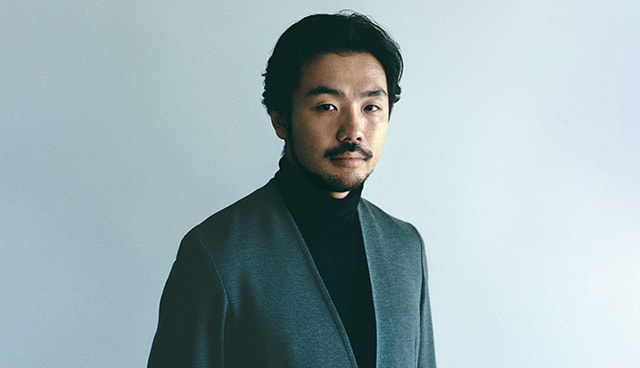ABOUT
HOSOO GALLERY was opened in September 2019 as an art gallery by HOSOO, a long-established company of the Nishijin district of Kyoto, Japan.
A technical revolution has been underway with one of the world’s oldest mediums, textiles. Since ancient times, textiles have been a part of people’s lives and encompass various technical features that are used to express human aesthetics. With the focus on dyeing & weaving as a means to create diversity across generations, cultures and future societies, this space also hopes to approach fundamental questions such as, “what is beauty?” and “what is being human?”.
Through collaboration with a range of experts, HOSOO GALLERY plans to hold exhibitions that approach dyeing & weaving from a variety of perspectives such as art, design, crafts, and science.
- 2 to 3 exhibitions per year
- Talk events
- Artist in Residence projects
- Joint R&D projects
DIRECTOR’S STATEMENT

Masataka Hosoo
Textile as a Medium
HOSOO has been a family run Nishijin weaving company since 1688. The kimono curation business was another facet of the company, which was started by my great grandfather over 100 years ago. As a kimono curator, we deal with the finest dyeing & weaving pieces and artists from Hokkaido to Okinawa and introduce them across Japan. I have been mainly focused on introducing Nishijin textiles to the international markets, but I noticed that I lacked the knowledge of other dyeing & weaving production areas in Japan. Therefore, I decided to visit such production areas at least once in my life. With each visit, I realized that each textile is a medium with a different history, surrounding environment, and has an intimate relationship with human beings.
Dyeing & weaving are closely connected to the forces of time and social structure. As an example, it has been historically documented that high-quality textiles such as Nishijin textiles, came under the patronage of the ruling class. At the time, the ruling class continually pursued what was revered as sophisticated and beautiful. In contrast, with the initial aim of simply overcoming the cold weather, in pursuit of beauty and under no influence of others, people still took the time to thread yarn into linen cloth such as Kogin-sashi. There lies the essence of human beings seeking beauty. For me, visiting the dyeing & weaving production areas led me to the question, “what is being human?”.
Primarily, haven’t human beings advanced technology to create beauty?
If technology is an extension of the human body, then I believe that textiles made from machines and quasi-machines are the tools for making beautiful things grounded in technology.
At this moment where technology continues to advance, beauty and technology may seem completely unrelated, I believe for human beings to create beauty, ever improving technology is needed.
During these times, I feel that through textiles there are more opportunities to discover the answers to fundamental questions such as “what is being human?” to “what is textile?”. I think it is time to return to these fundamental questions as to why human beings have painstakingly woven textiles over time.
With human beings traveling to space and AI fully functioning just over the horizon, the ideal state of human beings is being questioned. I believe that textile, as a subject matter, can be the intermediary for rediscovering the essence of what it means to be human.



